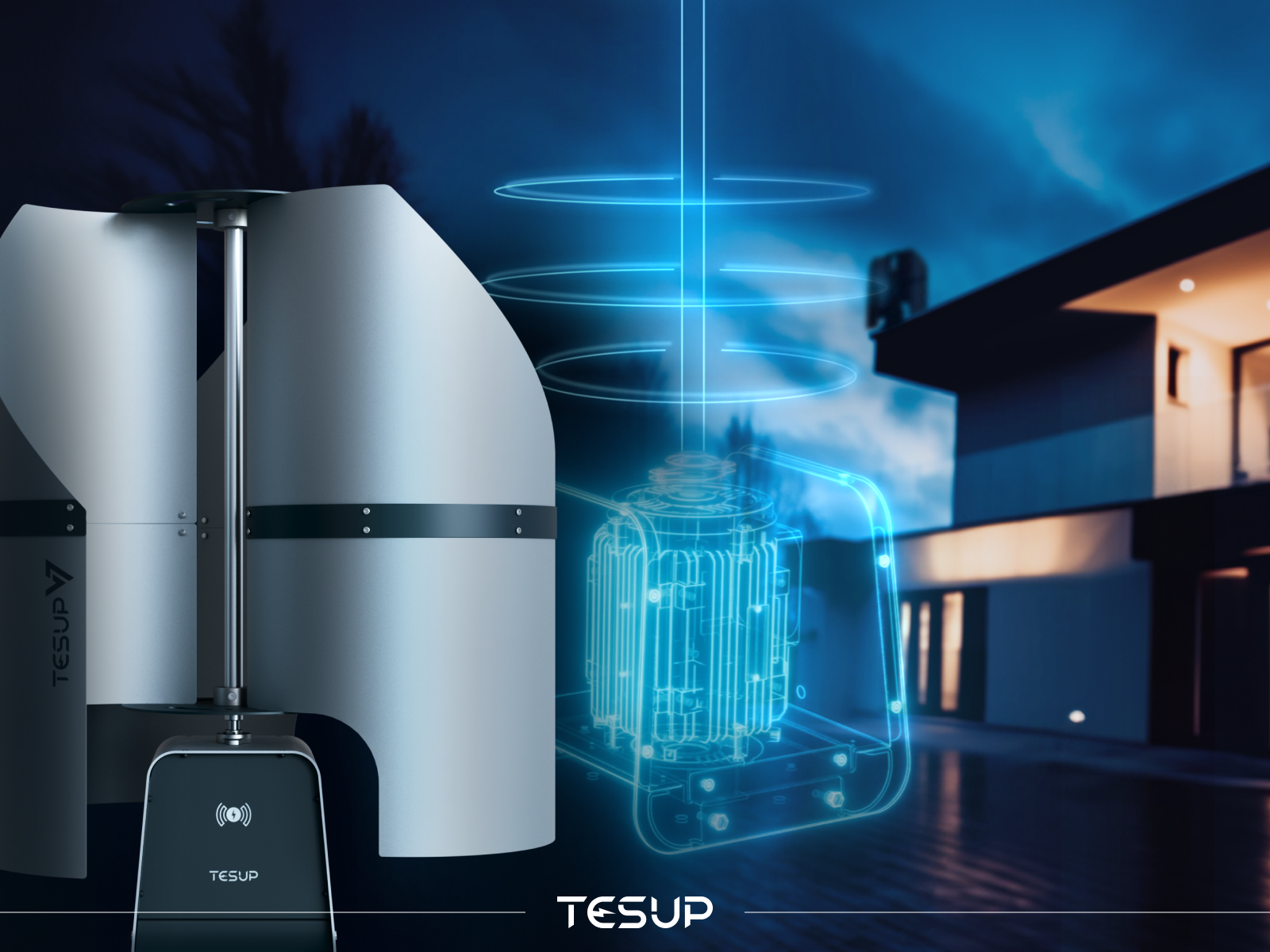
People have been tapping into the power of the wind for quite a while now. Wind energy is a sustainable and promising source of clean power. Keep reading to find out how wind turbines can be utilised to provide energy for your home.
Tracing back to around 5,000 BC, individuals have employed wind energy to propel boats along rivers and operate windmills for grain grinding. Reflecting on it, small-scale wind energy has a vintage charm, albeit not quite in the way our great-grandparents might recall. So, how do we harness wind energy in the present day? Let's breeze through the fundamentals, but brace yourself – it's going to be quite an exciting ride.
Components of Home Wind Turbines
- Small-Scale Rotor Design:
Home wind turbines, or residential wind turbines, feature smaller-scale rotors compared to their larger counterparts. The rotor consists of aerodynamic blades connected to a hub, designed to efficiently capture wind energy even at lower wind speeds.
- Compact Nacelle:
The nacelle in home wind turbines houses essential components such as the generator, gearbox, and control systems. Its compact design is optimised for residential settings, ensuring minimal impact on the surrounding environment.
- Tower Height:
Home wind turbine towers are typically shorter than those found in large-scale wind farms. The tower height is carefully selected to navigate local zoning regulations and maximise energy capture while avoiding interference with surrounding landscape.
Integration into Home Energy Systems
- Energy Storage:
Home wind turbines often work in conjunction with energy storage systems, such as batteries. This allows homeowners to store excess energy generated during windy periods for use during calm consciousness, providing a more reliable and consistent power supply.
- Grid Connection:
Many residential wind turbine setups are grid-tied, meaning they are connected to the local electrical grid. Excess energy generated by the turbine can be fed back into the grid, often resulting in credits or compensation for homeowners.
- Hybrid Systems:
To enhance reliability, some residences combine wind turbines with other renewable energy sources, like solar panels. This hybrid approach ensures a continuous and balanced power supply, complementing each source’s strength.
Practical Considerations for Homeowners
- Local Wind Conditions:
Assessing the local wind conditions is crucial before investing in a home wind turbine. An on-site wind assessment helps determine the wind turbine’s potential energy output and guides proper system sizing.

- Zoning Regulations:
Understanding the local zoning regulations is essential to ensure compliance with height restrictions and noise limitations. Some areas may have specific guidelines governing the installation of home wind turbines.
- Maintenance:
Regular maintenance is necessary to keep home wind turbines operating efficiently. Homeowners should be prepared to inspect and service their lifespan and optimise performance.
Environmental Impact and Benefits
Home wind turbines contribute to reducing carbon footprints by generating clean electricity, minimising reliance on traditional energy sources. Homeowners can save up while fostering a more resilient energy supply. Having a home wind turbine is the perfect investment that you can ever imagine!
Why wait to switch clean energy? Explore TESUP home wind turbines now!
